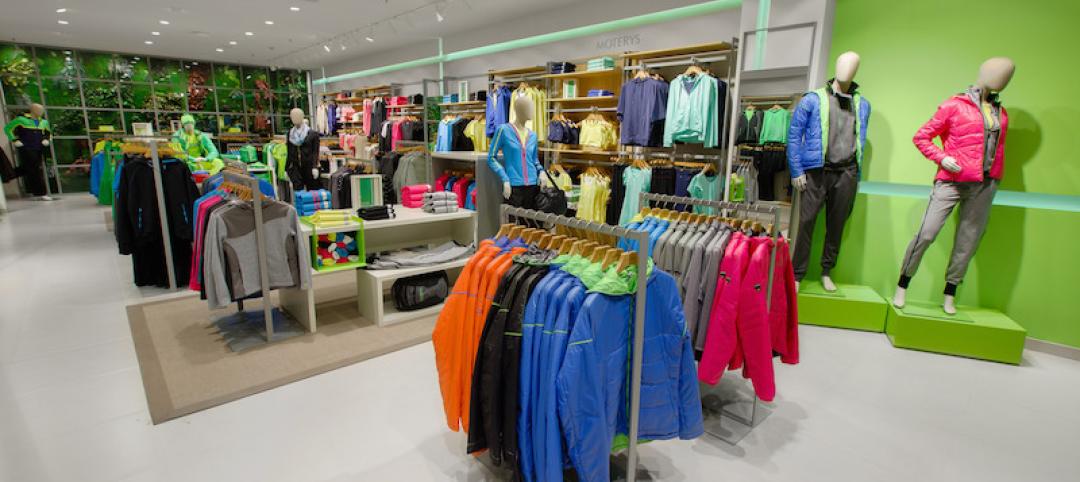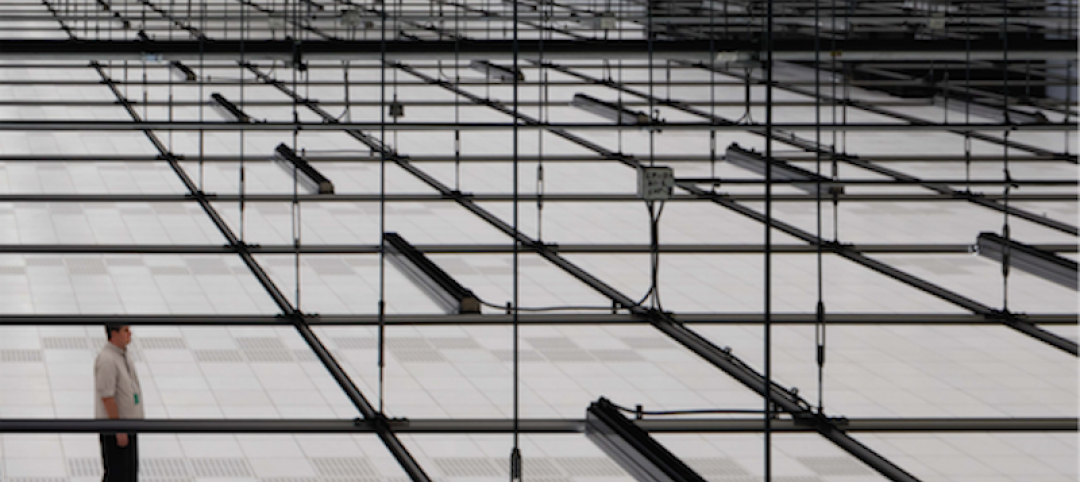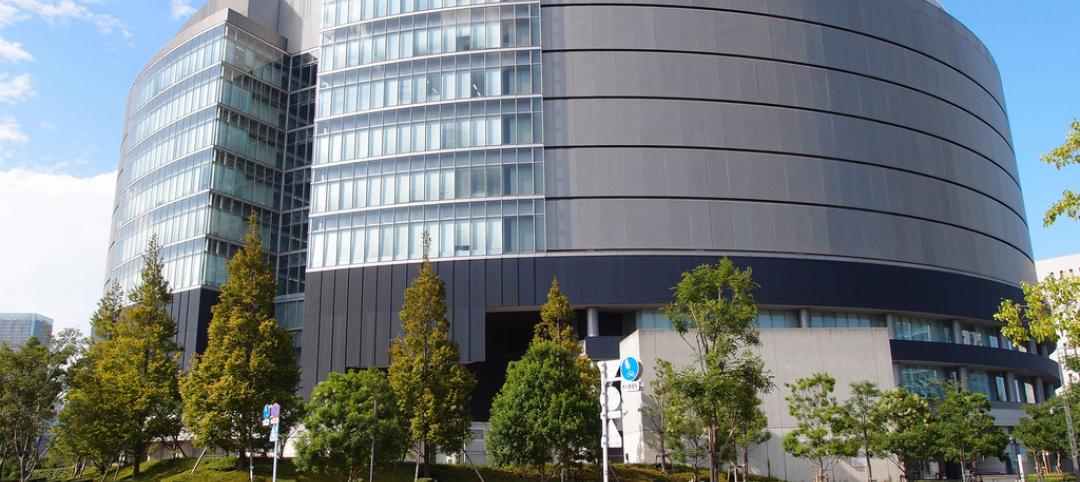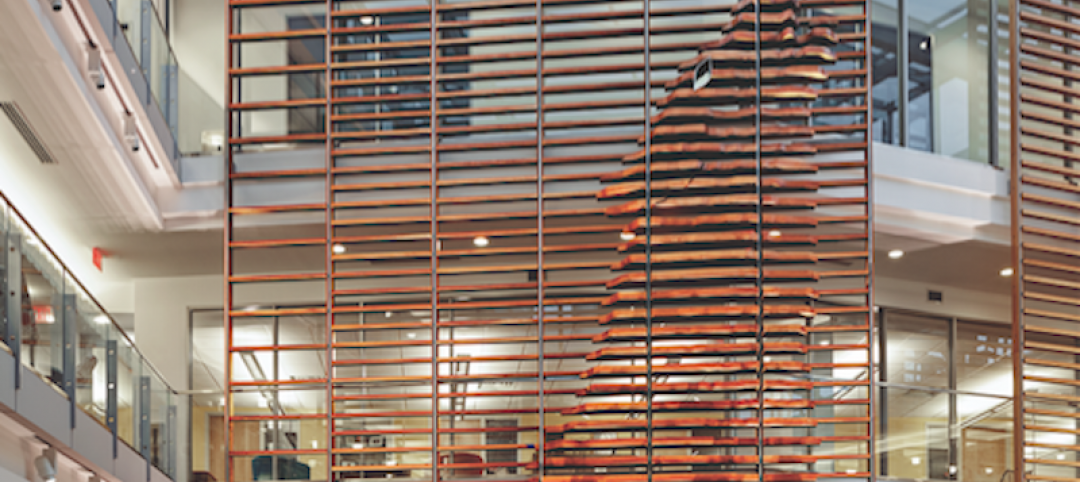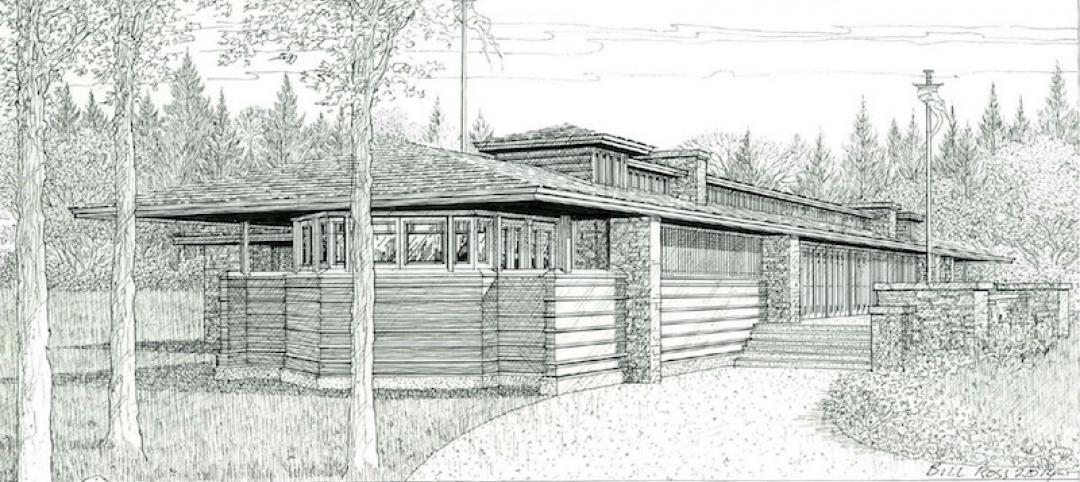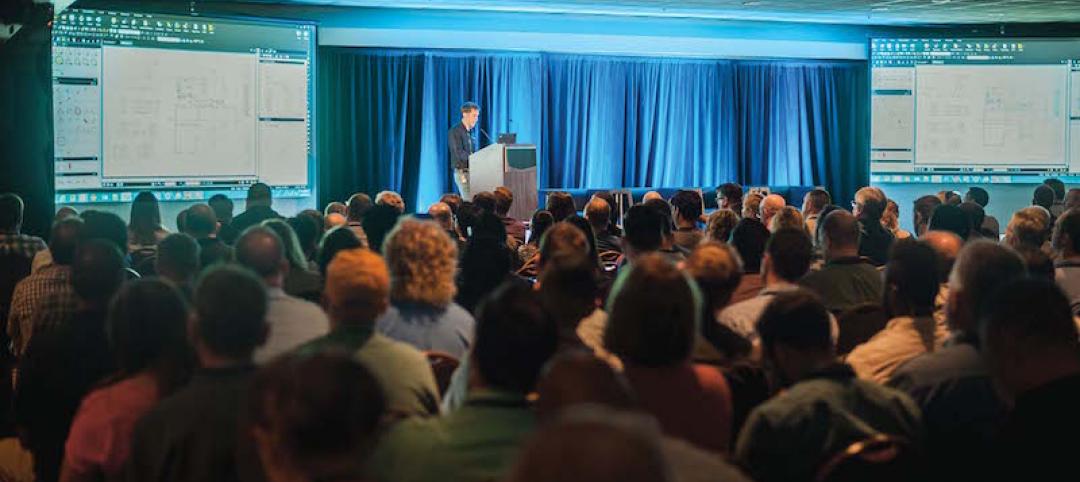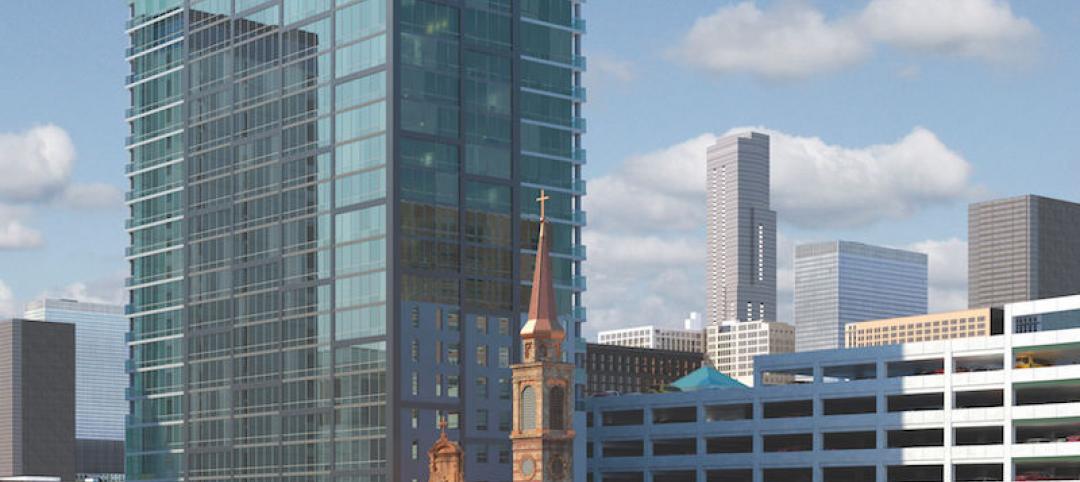The U.S. Green Building Council (USGBC) introduces its latest green building rating system, LEED for Healthcare. The rating system guides the design and construction of both new buildings and major renovations of existing buildings, and can be applied to inpatient, outpatient and licensed long-term care facilities, medical offices, assisted living facilities and medical education and research centers.
“Research has shown that when we are treated and heal in a green healthcare facility – one that has a healthy indoor environmental quality and connects us to the outdoors – we heal faster, have shorter hospital stays and fewer return visits,” said Scot Horst, Senior Vice President of LEED, USGBC. “LEED for Healthcare is now six years in the making, addressing the healthcare industry’s unique green building needs.”
The LEED for Healthcare rating system represents a culmination of close collaboration between the Green Guide for Healthcare (GGHC), a project of the Center for Maximum Potential Building Systems and Health Care Without Harm, and USGBC. The GGHC pilot launched in 2007, and feedback from the projects helped inform the creation of LEED for Healthcare.
“LEED for Healthcare represents a milestone for green building,” said Gail Vittori, Co-Director of Center for Maximum Potential Building Systems and Founding Chair of the LEED for Healthcare Committee. ”Building on the foundational work of the Green Guide for Healthcare, it provides an explicit recognition of health consequences associated with a spectrum of building-related decisions—from location, to water and energy sources and use patterns, and materials specification—and emphasizes integrative design as requisite for a successful design, construction and building performance outcomes.”
LEED for Healthcare was developed to meet the unique needs of a 24-hour operational facility, including process water use related to medical equipment, rural facility locations, patient populations, often with compromised immune systems, sensitive to chemicals and pollutants, patient and staff health and many other issues that are unique to this building type.
The LEED for Healthcare rating system passed USGBC member ballot in November 2010. More than 225 healthcare projects have received LEED certification, with 1,176 in the pipeline as registered projects. Additional tools and resources, including educational workshops, webinars, podcasts, and Reference Guide, will be made available in the coming months when full certification functionality is available.
To learn more about LEED for Healthcare, pre-order a Reference Guide or participate in a rating system- specific workshop, visit www.usgbc.org/leed/healthcare.
U.S. Green Building Council
The Washington, D.C.-based U.S. Green Building Council is committed to a prosperous and sustainable future for our nation through cost-efficient and energy-saving green buildings.
With a community comprising 79 local affiliates, nearly 16,000 member companies and organizations, and more than 162,000 LEED Professional Credential holders, USGBC is the driving force of an industry that is projected to contribute $554 billion to the U.S. gross domestic product from 2009-2013. USGBC leads an unlikely diverse constituency of builders and environmentalists, corporations and nonprofit organizations, elected officials and concerned citizens, and teachers and students.
Buildings in the United States are responsible for 39% of CO2 emissions, 40% of energy consumption, 13% water consumption and 15% of GDP per year, making green building a source of significant economic and environmental opportunity. Greater building efficiency can meet 85% of future U.S. demand for energy, and a national commitment to green building has the potential to generate 2.5 million American jobs. Visit www.usgbc.org to learn more.
LEED
The U.S. Green Building Council's LEED green building certification system is the foremost program for the design, construction and operation of green buildings. Nearly 40,000 projects are currently participating in the commercial and institutional LEED rating systems, comprising nearly 8 billion square feet of construction space in all 50 states and 117 countries. In addition, more than 10,000 homes have been certified under the LEED for Homes rating system, with nearly 38,000 more homes registered.
By using less energy, LEED-certified buildings save money for families, businesses and taxpayers; reduce greenhouse gas emissions; and contribute to a healthier environment for residents, workers and the larger community.
Related Stories
| Aug 10, 2016
Top 90 Retail Architecture Firms
Gensler, GreenbergFarrow, and MG2 top Building Design+Construction’s annual ranking of the nation’s largest retail sector architecture and A/E firms, as reported in the 2016 Giants 300 Report.
| Aug 10, 2016
DATA CENTER GIANTS: Information overload is pushing the limits of mission-critical facilities
Streamlined design and delivery approaches for individual business enterprises and co-location facilities are being born out of the necessity to bring new capacity online as quickly as possible.
| Aug 10, 2016
Top 30 Data Center Architecture Firms
Gensler, Corgan, and HDR top Building Design+Construction’s annual ranking of the nation’s largest data center sector architecture and A/E firms, as reported in the 2016 Giants 300 Report.
| Aug 10, 2016
UNIVERSITY GIANTS: Facing money woes, the nation's colleges double down on innovative ideas
Budget constraints are compelling some public institutions to pursue alternative methods of financing their major building projects.
| Aug 9, 2016
Top 100 University Architecture Firms
Gensler, Perkins+Will, and CannonDesign top Building Design+Construction’s annual ranking of the nation’s largest university sector architecture and A/E firms, as reported in the 2016 Giants 300 Report.
Reconstruction & Renovation | Aug 9, 2016
Renascent architecture: Demolished Frank Lloyd Wright structures get new life
The Frank Lloyd Wright Revival Initiative is set to begin its reconstruction efforts with the Banff Pavilion, which was demolished in 1939.
Building Team | Aug 4, 2016
Thought leaders from architecture, engineering and construction to meet at 2016 Bluebeam eXtreme Conference
Bluebeam users inspire technological change through shared insights and training at three-day event.
| Aug 4, 2016
MULTIFAMILY BUILDING GIANTS: Rental complexes focus on affordability, accessibility, and specialty amenities
To address the affordability problem and attract tenants, owners and developers are experimenting with smaller and smaller units, amenity-rich environments, and “co-living” concepts.
| Aug 4, 2016
Top 110 Multifamily Architecture Firms
Perkins Eastman, CallisonRTKL, and Solomon Cordwell Buenz top Building Design+Construction’s annual ranking of the nation’s largest multifamily building sector architecture and A/E firms, as reported in the 2016 Giants 300 Report.
| Aug 3, 2016
GREEN BUILDING GIANTS: Sustainability leaders turn to wellness and technology to get an edge
AEC leaders in green building are stepping up to a higher level of innovation and to be a green leader today, you have to dig deeper into data.


